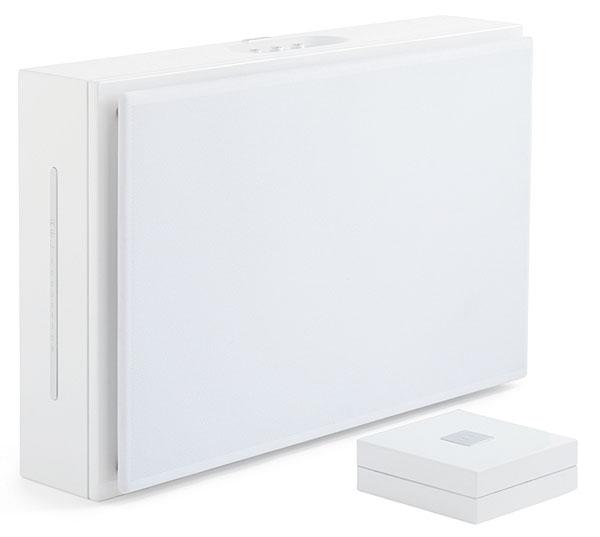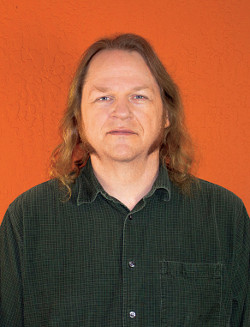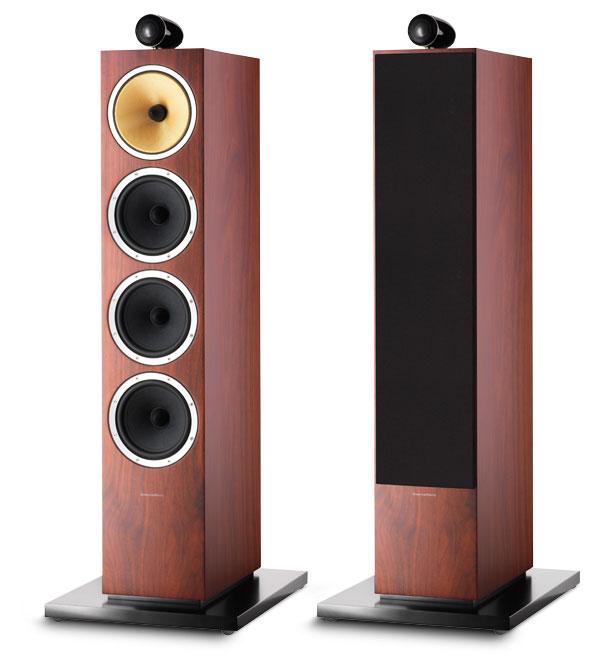Brent Butterworth
|
Feb 24, 2014
|
Feb 23, 2014
|
Jan 10, 2014 |
Published: Jan 11, 2014
|
Jan 10, 2014 |
Published: Jan 11, 2014


 Chris Hagen is acoustic systems development engineer for Velodyne, a company that, despite its recent forays into headphones, has been primarily a subwoofer specialist since its founding in 1983. Chris has also worked as an engineer for the consumer division of JBL, and for M&K Sound. Excerpts from this interview appear in the feature story “Subwoofers: The Guts and the Glory.”
Chris Hagen is acoustic systems development engineer for Velodyne, a company that, despite its recent forays into headphones, has been primarily a subwoofer specialist since its founding in 1983. Chris has also worked as an engineer for the consumer division of JBL, and for M&K Sound. Excerpts from this interview appear in the feature story “Subwoofers: The Guts and the Glory.”
 Tom Vodhanel is president and founder of Power Sound Audio, an Ohio-based company that specializes in subwoofers and sells direct through its website. Tom is also known as the “V” in SVS, another company that started out as a subwoofer specialist, and which he co-founded. Excerpts from this interview appear in the feature story “Subwoofers: The Guts and the Glory.”
Tom Vodhanel is president and founder of Power Sound Audio, an Ohio-based company that specializes in subwoofers and sells direct through its website. Tom is also known as the “V” in SVS, another company that started out as a subwoofer specialist, and which he co-founded. Excerpts from this interview appear in the feature story “Subwoofers: The Guts and the Glory.”
 Ed Mullen so impressed everyone with his subwoofer smarts (and even temperament) as a participant on Internet audio forums that SVS—a company that has mostly specialized in subwoofers, but is now putting equal effort into speakers—hired him. He now enjoys a rep among home theater enthusiasts as one of the guys to call for advice about subs. Excerpts from this interview appear in the feature story “Subwoofers: The Guts and the Glory.”
Ed Mullen so impressed everyone with his subwoofer smarts (and even temperament) as a participant on Internet audio forums that SVS—a company that has mostly specialized in subwoofers, but is now putting equal effort into speakers—hired him. He now enjoys a rep among home theater enthusiasts as one of the guys to call for advice about subs. Excerpts from this interview appear in the feature story “Subwoofers: The Guts and the Glory.”
 Dr. Poh Hsu has a doctorate in civil engineering from MIT, but his passion for audio and experiments in subwoofer design led him to found his own speaker company in 1991. His subs quickly earned a reputation for high output, outstanding sound quality and great value, and he’s still at it today. Excerpts from this interview appear in the feature story “Subwoofers: The Guts and the Glory.”
Dr. Poh Hsu has a doctorate in civil engineering from MIT, but his passion for audio and experiments in subwoofer design led him to found his own speaker company in 1991. His subs quickly earned a reputation for high output, outstanding sound quality and great value, and he’s still at it today. Excerpts from this interview appear in the feature story “Subwoofers: The Guts and the Glory.”
 Andrew Welker is a mainstay of the Canadian speaker engineering community, now heading up most of the design work for Axiom audio after a dozen years working on the Mirage and Energy brands at Audio Products International (since purchased by Klipsch and VOXX International).Excerpts from this interview appear in the feature story “Subwoofers: The Guts and the Glory.”
Andrew Welker is a mainstay of the Canadian speaker engineering community, now heading up most of the design work for Axiom audio after a dozen years working on the Mirage and Energy brands at Audio Products International (since purchased by Klipsch and VOXX International).Excerpts from this interview appear in the feature story “Subwoofers: The Guts and the Glory.”








